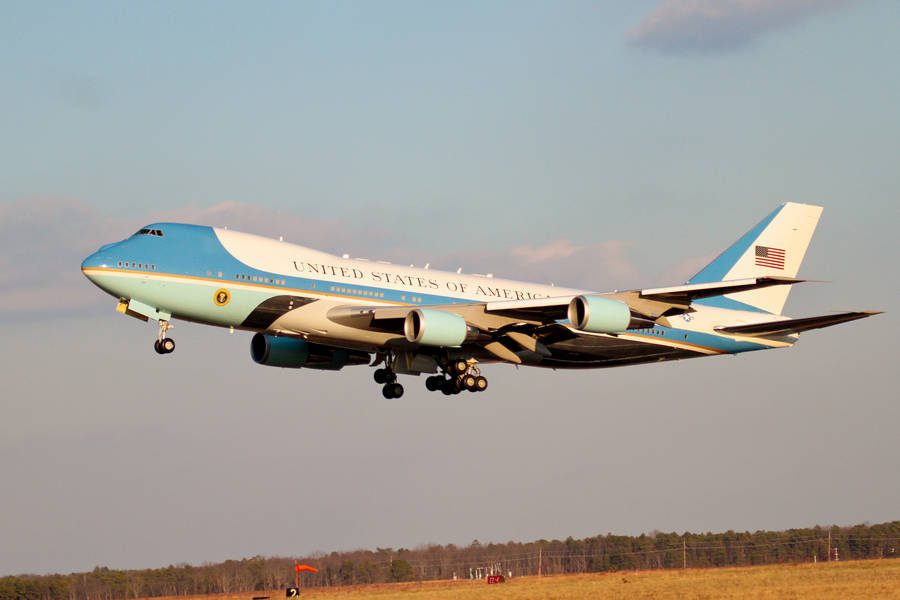The U.S. Air Force published some renderings showing the updated livery of the upcoming VC-25B, better known to the world as Air Force One.
The replacement of the current pair of USAF VC-25A aircraft has become another troublesome affair for Boeing. At the moment, the U.S. President predominantly flies around in two of these aircraft – although he arguably uses the “Marine One” helicopters more frequently. “Marine One” and “Air Force One” are the callsigns of whichever aircraft carries the president.
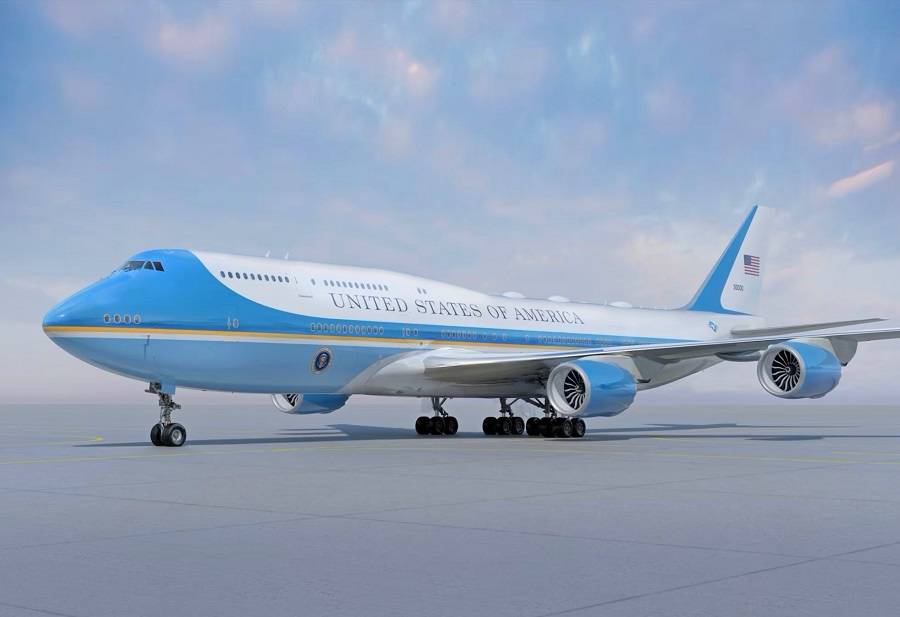
In any case, the U.S. Air Force has long since determined that the best replacement for the presidential 747-based VC-25A, is another 747. But the livery of the next Air Force One has been a point of contention. The previous president favored a red, white, and blue livery.
But some months ago, the air force said that having a dark blue color in the aircraft’s underside could introduce heat absorption issues, requiring more certification work. So, earlier this month, the air force presented the livery that the current U.S. President has selected, for the next Air Force One.

Air Force One Livery – Some History
Until now, there was no need for the air force to commit to a livery. But as the program continues, Boeing needs to know which livery to consider as it conducts “engineering, certification preparation, and supplier selection activities for the program”. Presumably, selecting a livery with minimal differences presents a lower number of such risks.
It was Jackie Bouvier Kennedy, wife of President John F. Kennedy, who selected the current and now-classic Air Force One livery. The first aircraft to sport these colors was a VC-137C, essentially a military VVIP/Presidential Boeing 707. The USAF had other VIP C-137s, but those had a simpler version of this livery, with just one shade of blue.
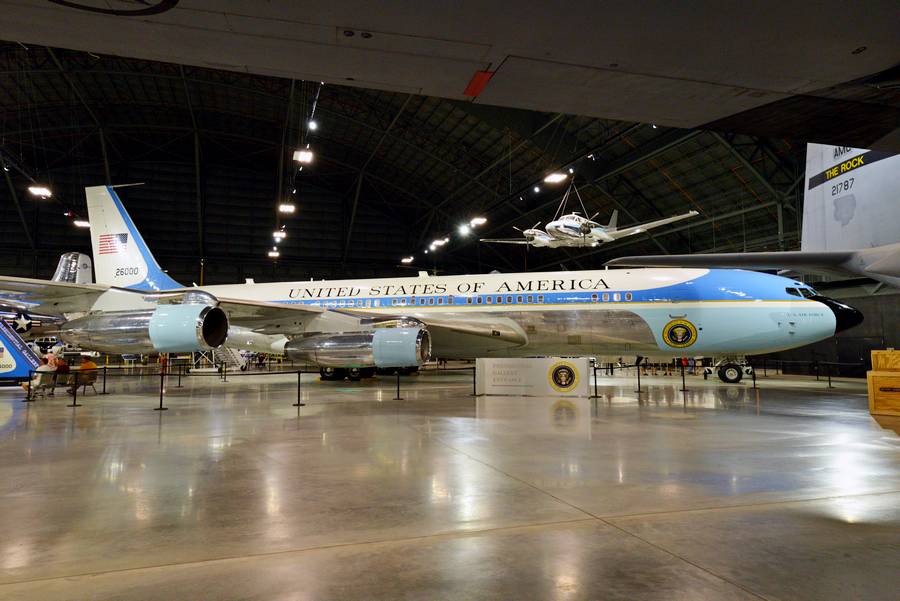
At first glance, the livery of the VC-25B looks identical to that of the existing two VC-25As. But there are at least three notable differences, on top of any differences in the aircraft themselves. The existing Air Force One livery has two different shades of blue. The darker of the two tones is a sky-blue cheat line across the passenger windows, which also covers the front upper half of the nose.
Underneath that there is a “robin’s egg blue” color, extending backward until just in front of the wing box. White and brown lines are sandwiched between the two shades of blue. The rest of the aircraft’s lower fuselage has a polished finish, while the engines have the same “robin’s egg blue” color of the lower front half of the nose.
The New Air Force One Livery
Looking at the livery of the VC-25B, we see that the next Air Force One will lack the polished metal belly. According to the air force, newer alloys used in the 747-8i don’t allow for polishing. The aircraft still sports two shades of blue. But a less obvious change has to do with the lighter of the two blues, which is a bit deeper than the original “robin’s egg blue”.
Lastly, the aircraft’s engines will now have the darker of the two shades of blue, instead of the lighter one. Like the existing VC-25A, the new VC-25Bs will have lower-level doors with built-in airstairs, giving the aircraft more flexibility, when the president doesn’t need a “red carpet” photo opportunity.
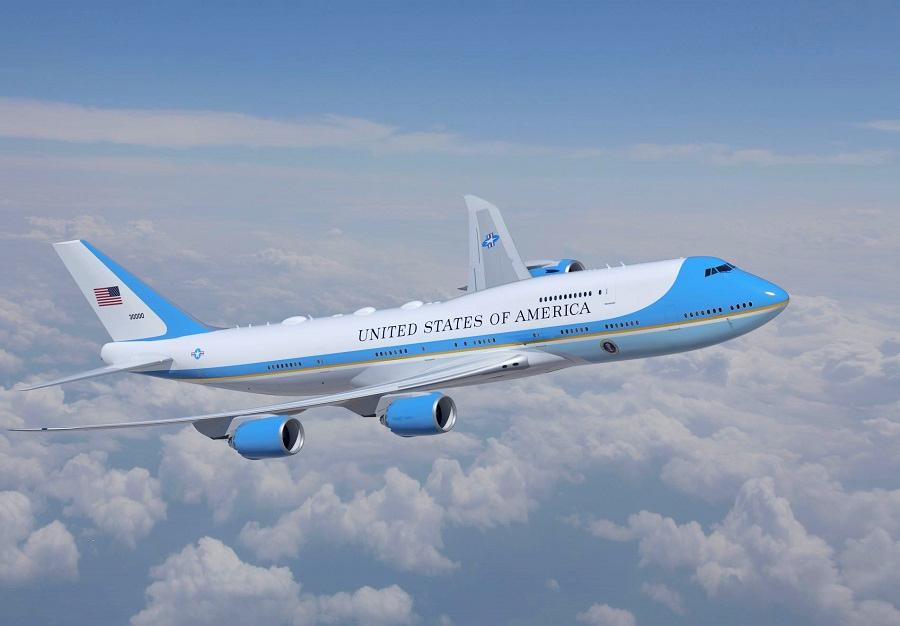
The livery rendering of the Air Force One sports the number “30000” on its tail. This makes sense. Currently, the two VC-25As have tail numbers 28000 and 29000. The VC-137Cs before them had numbers 26000 and 27000. So presumably, the next two presidential planes will have numbers 30000 and 31000.
Finally, another “nerdy” livery detail that applies to both the current and future Air Force One types, has to do with their doors. Whatever their livery, commercial airliners need to have a contrasting outline around each door, making its location obvious to all fire crews and other rescue personnel.
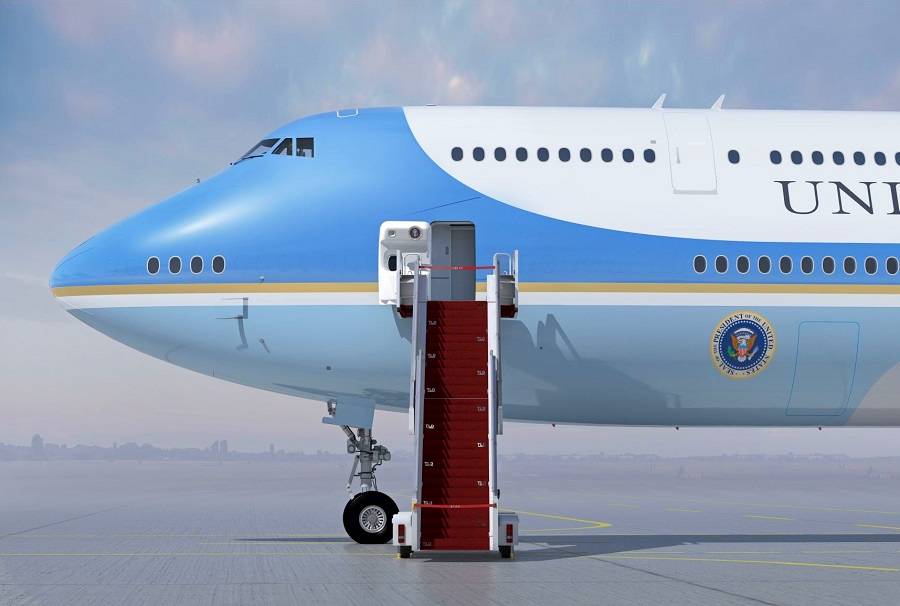
There is no such outline on the doors of any of the VC-25 variants (and most VC-137s). This isn’t entirely surprising, given the special role and military status of these aircraft. But interestingly, the U.S. Air Force wants its next presidential planes to comply with FAA certification standards. So it will be interesting to see if the livery becomes part of this requirement, in the next Air Force One.
An All-New Plane (on paper)
This need for FAA approval is already causing some certification headaches for Boeing. As we’ve seen previously, the VC-25B will be certified as a new aircraft type, rather than a 747 variant. There are rules that have changed since the certification of the first 747s, like the position and separation between different wire bundles.

The VC-25B won’t be able to use any “grandfathered” exemptions around such rules. And of course, the air force will need to add more wire bundles, for the extra military systems and equipment in these aircraft. This certification requirement seems strange, since Boeing first built both of the coming VC-25Bs as 747-8i models, for Transaero – a Russian airline that later went bankrupt.
In any case, the next Air Force One behemoths and their updated livery won’t enter service for some time to come. The USAF expects the first of them to enter service in 2027, with the second arriving in 2028. Both VC-25As will remain in service until their replacements are ready.
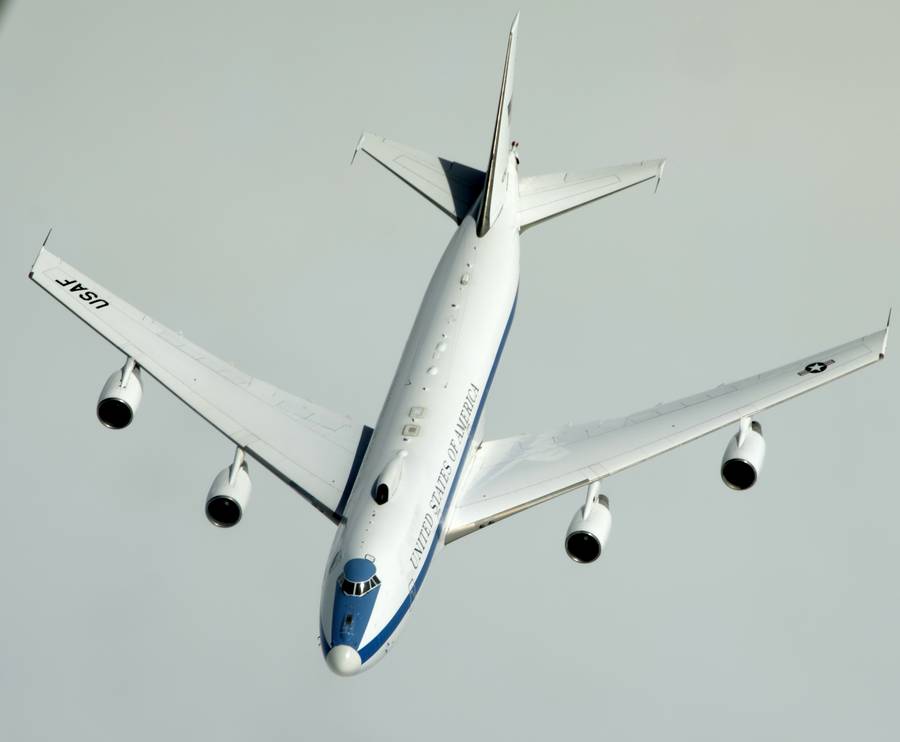
In addition to these jets, the U.S. Air Force also has a fleet of four other 747s, the E-4B “Nightwatch” – a.k.a. “The Doomsday Planes”. These aircraft are specially hardened to survive an electromagnetic pulse from a nuclear blast. Like the current VC-25As, their closest “civilian” 747 variant is the 747-200. The air force has plans to replace them, but it’s not clear what with… except that the next planes should also have four engines.

